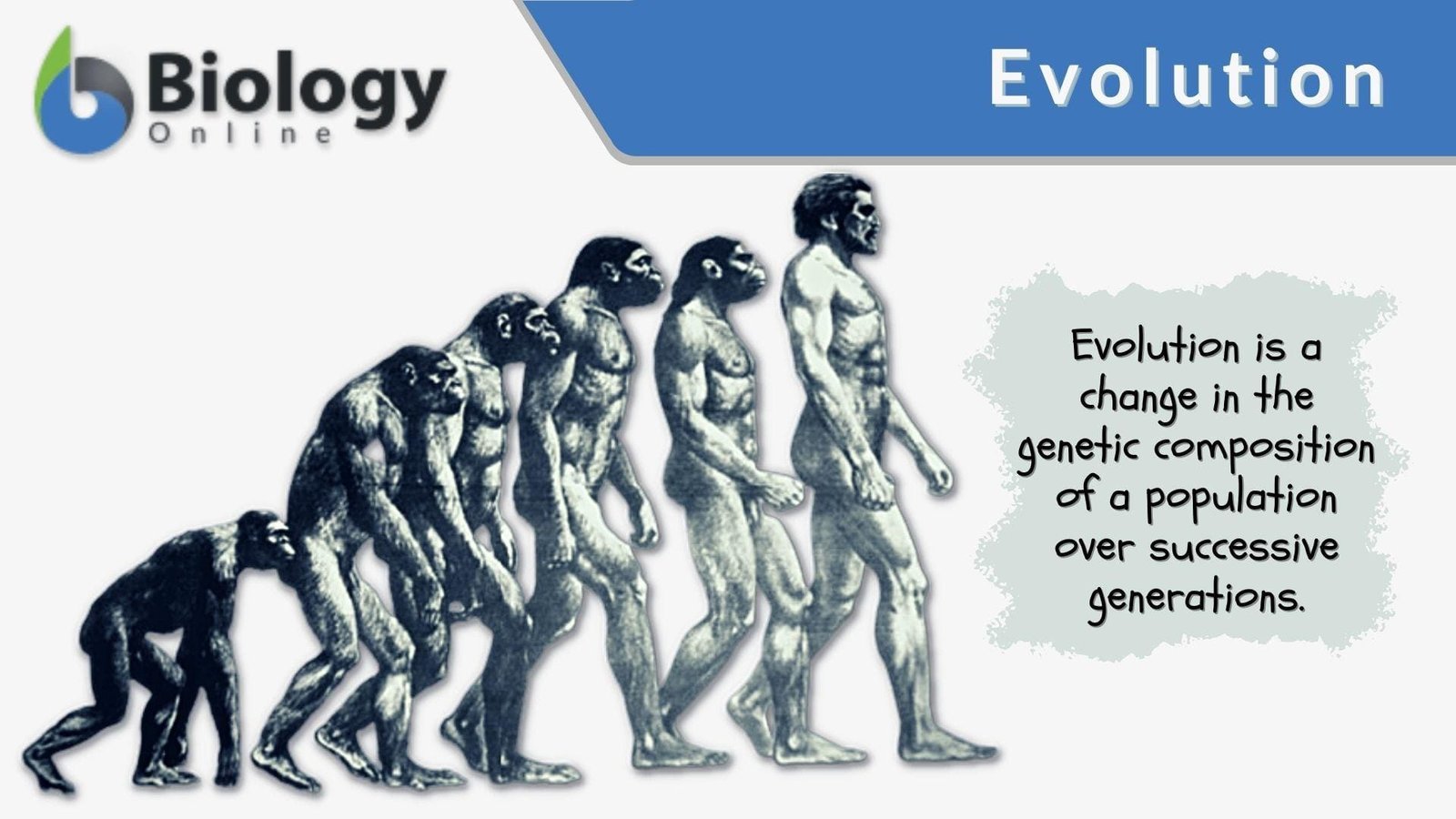Table of Contents
In a world where innovation meets mobility, the driving experience is undergoing a remarkable transformation. Technology has become a driving force, reshaping not only how we navigate our roads but also how we perceive and interact with vehicles. From autonomous cars to connected systems that communicate in real-time, the future of driving is closer than we think.
As we venture into this new era, sustainability and efficiency are at the forefront of automotive design. Electric vehicles are gaining traction, effectively challenging traditional combustion engines and redefining our relationship with fuel consumption. These advancements promise a greener planet and a seamless journey.
Moreover, the integration of smart technology is revolutionizing in-car experiences. Navigational systems powered by artificial intelligence, personalized entertainment options, and enhanced safety features are not just aspirations but are becoming standard. As we embrace this wave of change, it’s essential to consider how these developments will shape our daily commutes and long road trips alike.
The Evolution of Smart Vehicles and Connectivity
As technology continues to advance, smart vehicles are redefining our relationship with driving. These vehicles are equipped with advanced sensors, machine learning capabilities, and real-time connectivity, enabling them to perceive their environment and interact seamlessly with other vehicles and infrastructure. The integration of AI-driven navigation systems not only enhances safety but also personalizes the driving experience through adaptive route suggestions and predictive maintenance alerts.
The growing reliance on cloud-based solutions facilitates a holistic ecosystem for smart vehicles. This allows features such as over-the-air updates and remote diagnostics to become commonplace. Moreover, vehicle-to-everything (V2X) communication enhances safety by allowing cars to share information with traffic signals and other smart infrastructure, ultimately fostering a more coordinated and efficient traffic system.

Revolutionizing Safety: Advanced Driver Assistance Systems
As cars evolve, so do the systems designed to keep us safe. Advanced Driver Assistance Systems (ADAS) leverage cutting-edge technology to enhance driver awareness and decision-making, thereby significantly reducing road accidents. These systems can include features like:
- Adaptive Cruise Control: Automatically adjusts speed to maintain a safe distance from vehicles ahead.
- Lane Keep Assist: Helps drivers stay in their lanes, even during long journeys.
- Automatic Emergency Braking: Detects imminent collisions and applies brakes autonomously.
With the integration of sensors, cameras, and artificial intelligence, ADAS not only protects passengers but also promotes safer roadways for everyone. The incorporation of these technologies can lead to a new era of traffic efficiency and environmental impact reduction. A notable feature is:
| Feature | Benefit |
|---|---|
| Blind Spot Detection | Alerts drivers of vehicles in their blind spots, enhancing lane changing. |
| Parking Assist | Makes parallel and perpendicular parking a breeze, minimizing collisions. |

Sustainable Innovations: The Rise of Electric and Autonomous Solutions
The automotive landscape is undergoing a revolutionary transformation with the emergence of electric and autonomous technologies. Companies are investing heavily in cutting-edge research to decrease reliance on fossil fuels and enhance energy efficiency. The integration of renewable energy sources into electric vehicle (EV) systems not only reduces carbon emissions but also contributes to a sustainable future, making eco-friendly travel a reality.
Autonomous vehicles are breaking barriers as they promise safer and more efficient highways. With innovations such as adaptive cruise control and lane-keeping assist, these vehicles are designed to reduce human error and improve traffic flow. Furthermore, advanced sensor technologies allow for real-time communication, facilitating a seamless driving experience that could transform urban mobility significantly.
| Innovation | Benefit |
|---|---|
| Electric Vehicles | Lower emissions |
| Autonomous Systems | Enhanced safety |
| Smart Infrastructure | Improved traffic management |

The Role of Data and AI in Personalized Driving Experiences
As vehicles become increasingly integrated with technology, data analytics and artificial intelligence play crucial roles in creating a tailored driving experience. By gathering data from various sensors and user preferences, systems can adapt to individual driving styles, enhancing comfort and safety. This allows for features such as personalized navigation routes, climate control settings, and real-time traffic updates that cater specifically to the driver’s habits.
Moreover, the utilization of AI enables vehicles to learn from each interaction, improving over time. This dynamic capability offers several benefits:
- Enhanced safety through predictive analytics.
- Improved user engagement with smart voice assistants.
- Streamlined maintenance by forecasting service needs.
To Conclude
As we steer into the future of driving, the intersection of technology and mobility brings forth a thrilling transformation. The concept of the “Future Wheels” is more than just a vision; it’s a reality that is reshaping our driving experiences.
Key takeaways include:
- Electric Vehicles (EVs): They are becoming the norm, significantly reducing our carbon footprint.
- Autonomous Driving: Technology is paving the way for driverless cars, promising enhanced safety and convenience.
- Smart Connectivity: Vehicles are evolving into smart devices on wheels, enabling real-time communication and traffic management.
With these advancements, each journey becomes an opportunity for innovation. As tech continues to evolve, our relationship with driving will undoubtedly transform, paving the way for a safer, smarter, and more sustainable future.
In this rapidly changing landscape, one truth remains: the road ahead is filled with potential. Embracing these developments will not only enhance our experiences but also redefine our expectations of what it means to drive. As we look toward the future, let’s buckle up for the ride.



